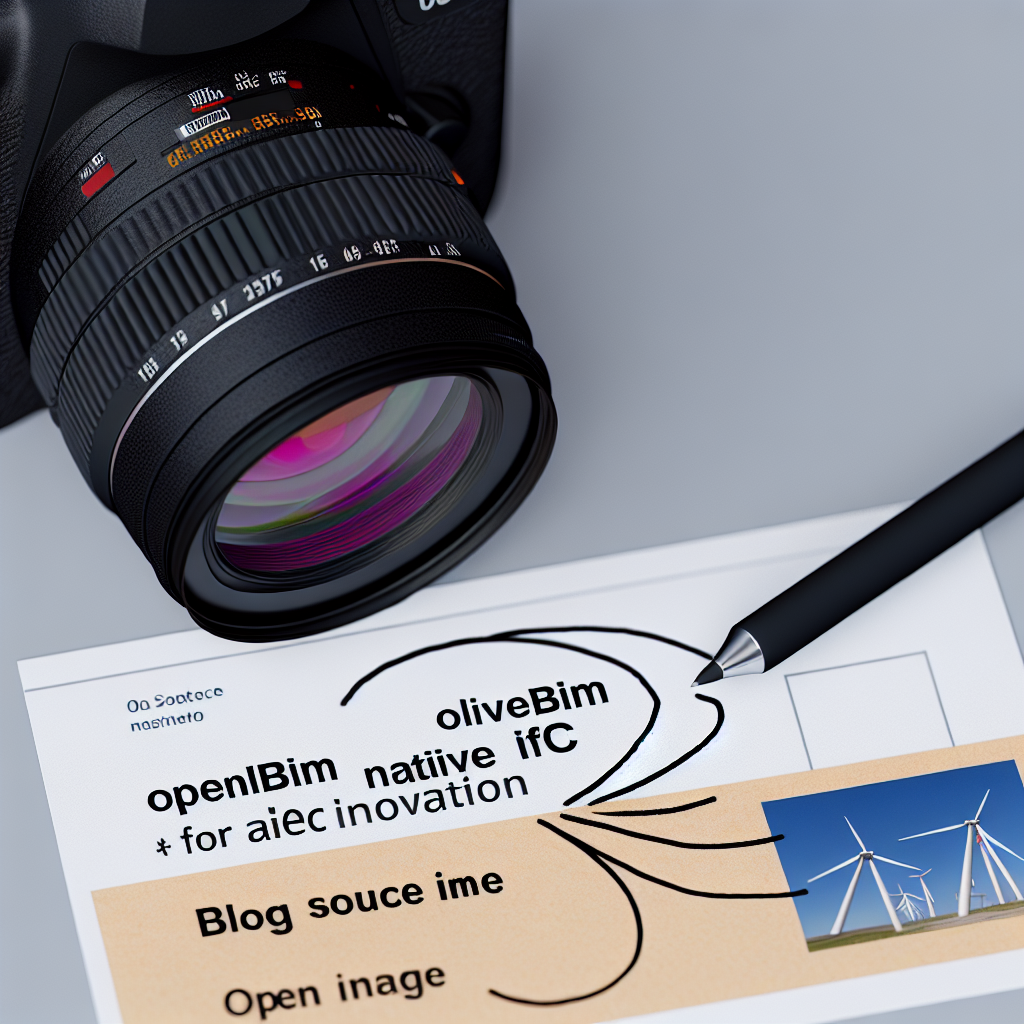In today’s rapidly evolving construction and architecture industries, digital collaboration, data interoperability, and open source solutions are transforming how projects are designed, managed, and executed. This article explores key topics like OpenBIM, Native IFC, and Open Source AEC, highlighting their significance in fostering open standards and innovation within the Architecture, Engineering, and Construction sectors.
Understanding OpenBIM and Its Impact on the AEC Industry
OpenBIM refers to an open standards-based approach to building information modeling (BIM), promoting interoperability among diverse software applications used in architecture, engineering, and construction. Unlike proprietary systems, OpenBIM emphasizes open, non-proprietary data formats that enable different stakeholders to share, access, and modify project data seamlessly, regardless of the tools they use.
This ecosystem is primarily driven by the Industry Foundation Classes (IFC), an open, neutral data format developed by buildingSMART, designed to facilitate data exchange across platforms. OpenBIM fosters collaboration, reduces errors, and enhances project efficiency by breaking down technical silos. For example, architects can design in one software, while engineers and contractors utilize others, all while maintaining consistent project data, thanks to OpenBIM principles.
Implementing OpenBIM workflows leads to:
- Improved collaboration across disciplines
- Lower costs due to reduced rework and data loss
- Enhanced project transparency and data accuracy
As the industry moves toward digital twin and smart city concepts, OpenBIM’s role in creating a truly integrated data environment becomes increasingly vital.
Native IFC and Open Source Solutions: The Future of AEC Digitization
Native IFC support in BIM software ensures that the platform can directly read, write, and interpret the IFC data format without relying on third-party plugins or conversion tools. This native compatibility is crucial for maintaining data integrity, reducing processing time, and enabling true interoperability in large-scale projects. Software with robust native IFC support adheres closely to open standards, making it easier for multidisciplinary teams to collaborate effectively.
Parallel to this, the rise of Open Source AEC platforms is revolutionizing the industry by providing cost-effective, transparent, and customizable tools. Open source solutions like IfcOpenShell or LibreCAD empower professionals to modify software to meet specific project needs, fostering innovation and reducing dependency on expensive proprietary systems. Moreover, open source projects encourage a collaborative community where users share improvements, create plugins, and develop new functionalities, accelerating technological advancements in the AEC domain.
Incorporating native IFC and open source solutions yields multiple benefits:
- Enhanced flexibility and adaptability of project tools
- Greater transparency and community-driven innovation
- Cost savings and democratization of technology access
As digital construction continues to evolve, embracing native IFC support within open source AEC tools stands out as a practical approach to achieving open standards and driving industry-wide interoperability and innovation.
Conclusion
In summary, OpenBIM and Native IFC are critical to fostering seamless data exchange and collaboration across diverse AEC platforms, promoting more efficient project workflows. The shift toward Open Source AEC solutions, supported by native IFC, opens new avenues for innovation, cost savings, and industry-wide interoperability. Embracing these developments will help professionals deliver smarter, more sustainable built environments in the future.
